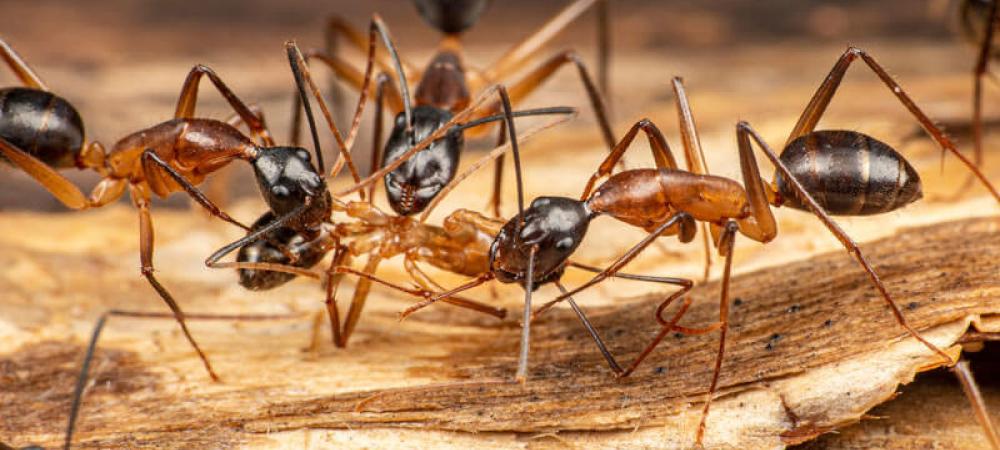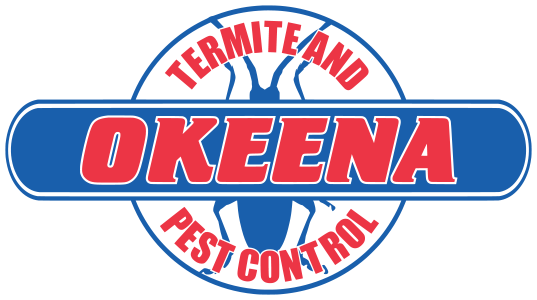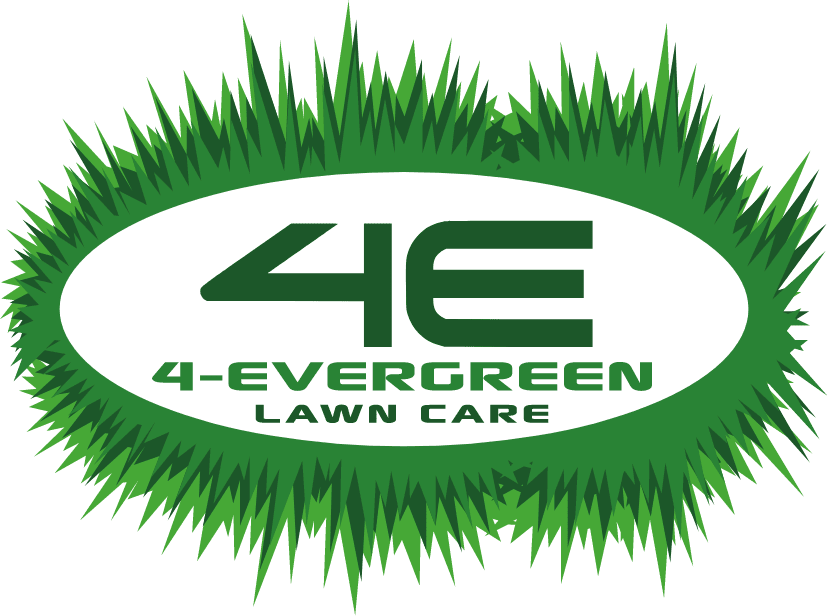Carpenter Ants in Tennessee

Carpenter ants are a common ant species found in Tennessee. These pests are known for their distinctive physical characteristics, including their large size and dark brown or black bodies. Unlike termites, carpenter ants have narrow waists and do not possess wings of equal length.
These ants are called "carpenter" because of their nesting behavior. They excavate gallery-like tunnels in wood, creating nests to rear their young. They prefer moist environments, so they are often found in water-damaged wood, such as rotting tree stumps or decayed parts of houses. Carpenter ants do not actually feed on wood like termites; instead, they search for food.
In the following sections, we will explore the nesting habits, signs of infestation, and prevention tips related to carpenter ants in Tennessee.
Signs of Carpenter Ants in the House
Carpenter ants, commonly found in Tennessee, are large ants that can cause significant structural damage to homes. Identifying these pests early on is crucial in preventing costly repairs. Here are some signs to look out for:
Distinctive Sounds: Carpenter ants typically make rustling sounds inside walls as they tunnel through wood to build their nests.
Sawdust Shavings: A clear indication of carpenter ant activity is the presence of sawdust shavings, also known as frass. As they excavate galleries within wooden structures, they expel these shavings, which can often be found around wooden objects or baseboards.
Buckling Floorboards: If you notice unusual buckling or warping of your floorboards, it may be a sign of a carpenter ant infestation. These ants weaken wooden structures by hollowing them out to create satellite colonies.
Tightly Fitting Windows: Carpenter ants can also cause windows or door frames to fit tightly due to their habit of burrowing into wood. Difficulty in opening or closing these fixtures may be indicative of a carpenter ant colony nearby.
How to Get Rid of Carpenter Ants
Carpenter ants, a common ant species in Tennessee, can cause significant structural damage to homes. If left unchecked, these pests can chew through wood and build satellite colonies, leading to costly repairs. Luckily, there are effective methods to eliminate carpenter ants and protect your home from further infestations.
- Remove sources of moisture: Carpenter ants are attracted to moisture, so it's crucial to address any moisture issues in your home. Fix plumbing leaks, ensure proper drainage, and eliminate standing water in and around your house.
- Trim trees away from the house: Carpenter ants often use tree branches as bridges to access your home. By trimming trees and shrubs that touch the house, you can prevent these pests from entering your property.
- Seal openings with silicone-based caulk: Carpenter ants can enter homes through even the tiniest cracks and gaps. Inspect your house for any openings and seal them with silicone-based caulk to deny ants entry points.
Additional Preventative Measures:
- Store firewood away from the house: Carpenter ants are known to establish colonies in firewood piles. By storing firewood at least 20 feet away from your home and off the ground, you can deter these pests from creating satellite colonies near your house.
- Maintain cleanliness: Carpenter ants are attracted to sweet foods, dead insects, and pet food. Keep your house clean, promptly remove spilled food, and seal food containers tightly to eliminate their food source.
- Consult a pest control professional: If you suspect a carpenter ant infestation or need assistance in eliminating these pests, it's best to seek the expertise of a pest control specialist. They have the knowledge and tools to effectively eliminate the infestation and provide recommendations for long-term pest prevention.
By taking proactive measures to eliminate carpenter ants and prevent future infestations, you can safeguard your home from costly structural damage. Remember to remove sources of moisture, trim trees away from the house, seal openings, and implement additional preventative measures.
Carpenter Ants or Termites?
Carpenter ants and termites are two common types of pests that may invade homes and cause structural damage. While both insects can be troublesome, understanding their key differences is important for accurate identification and effective pest control.
Carpenter ants are typically larger than termites and have a dark brown or black body color. They have a segmented body with a noticeable narrowing at the waist between the thorax and abdomen. Their antennae are elbowed, and they have wings, with the front pair being longer than the hind pair. Carpenter ants do not consume wood; instead, they excavate galleries for nesting purposes.
Termites, on the other hand, are often smaller than carpenter ants and have a lighter color body, usually ranging from pale brown to white. They have a straight waist, straight antennae, and four equal-sized wings that are shed after mating. Unlike carpenter ants, termites feed on wood, causing significant structural damage.
To distinguish between carpenter ants and termites, it's essential to examine key physical characteristics such as body color, waists, antennae, and wings. Additionally, observing their behavior can help with identification. Carpenter ants do not eat wood but create satellite colonies in moist wooden areas, while termites consume and digest wood, building intricate tunnel systems.
By understanding these differences, homeowners and pest control professionals can accurately identify and address infestations, ensuring effective pest management and structural preservation. In case of a severe infestation, consult a Covington pest control professional for expert assistance in eliminating carpenter ants and ensuring the long-term protection of your home.

